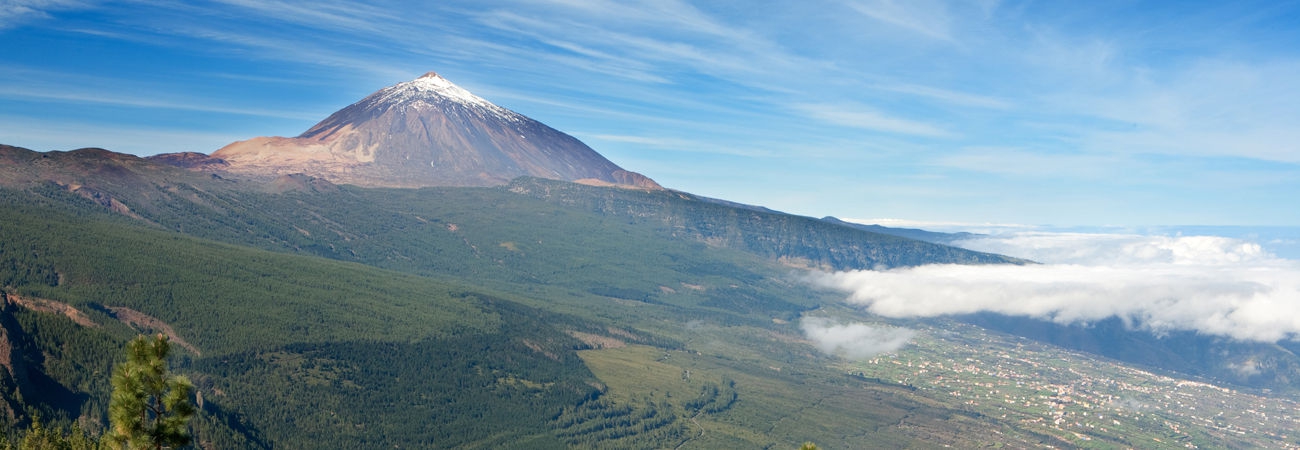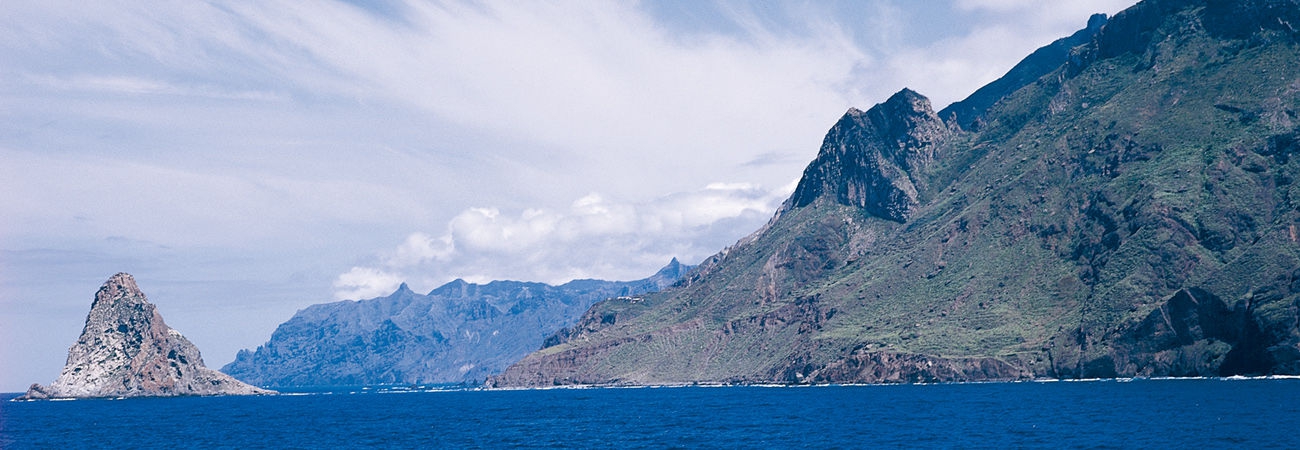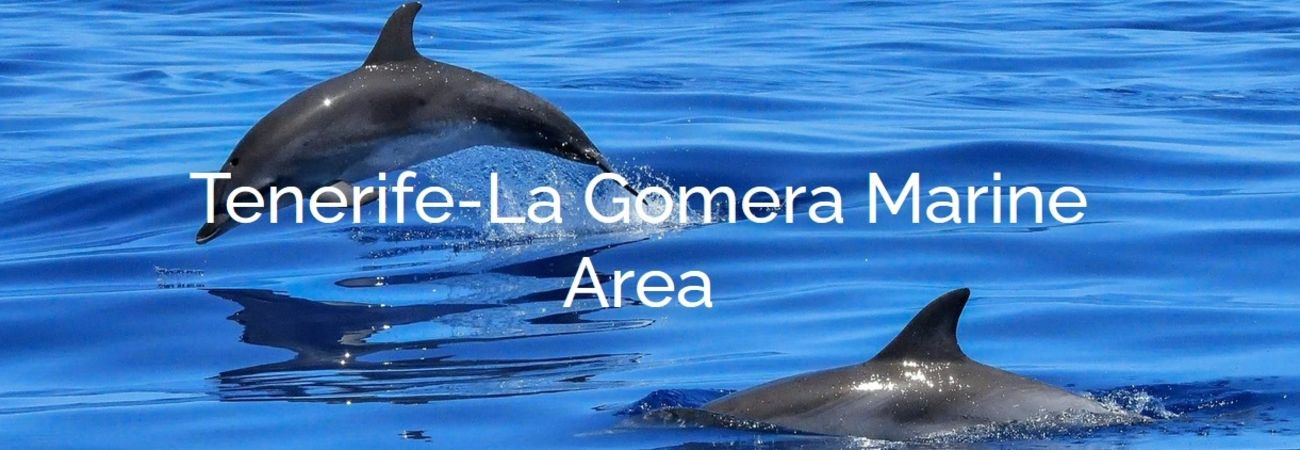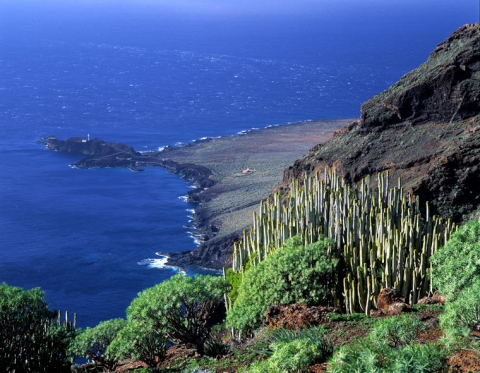Natural Heritage and Protected Areas
Natural Heritage
The island of Tenerife has a wide variety of endemic flora and fauna, as well as several different landscape structures; almost 48,6 % of the island is protected in one way or another.
The jewel in the crown is the Teide National Park, created in 1954, but the island also has the Corona Forestal Nature Park and the Anaga and Teno Rural Parks.
Within the framework of basic national legislation, Law 4/1989 - Conservation of Natural Areas and Wild Flora and Fauna Act -, the Canary Island Natural Areas Act - Law 12/1994 regulates the Islands natural resources, it defines the different categories of protection and their planning instruments, establishes a new administrative model and a system of penalisations to guarantee the purpose and objectives laid down in the Law.
The Canary Islands has the greatest number of protected natural areas of any region in Spain: 107 natural areas protected in one form or another. On the other hand, the Canary Islands is the fourth richest region of the world in endemic plant species, with about 600.
Tenerife is the richest area within the Islands with 140 exclusive plant species.
A whole network of paths make it possible to walk all over the island. There are also 30 recreation zones with a complete range of services.
Camping is only allowed in designated camp sites, after obtaining a permit from the Department of the Environment of the Tenerife Cabildo.
Nature Reserve
Tenerife has special environmental conditions. To the unique and geological diversity, typical of volcanic islands, joins its climatic characteristics and, consequently, its biodiversity. To all this, we must add a traditional culture that has adapted to this area, creating an environment of great human and environmental value.
The Canary Islands Protected Natural Area Network in Tenerife, includes a total of 43 protected areas, occupying 48,6% of the 2034 km² of the island, picking the best samples of existing ecosystems, the most significant geological formations and valuable cultural environments, where the interaction of natural and human processes has generated landscapes, traditions, customs and even biodiversity of natural and enormous heritage interest. This Network of Protected Areas is organized into different categories according to the protection objectives with each of the spaces.
Four of them have the status of Parks, whose objective is the preservation, public use, as well as to promote the balanced development of related populations. Teide National Park, Natural Park of the Crown Forest and Rural Parks of Anaga and Teno.
We also have Natural Reserves, bound to conserve the natural processes developed within them, distinguishing between the Integral Natural Reserves (Ijuana, Pijaral, Roques de Anaga y Pinoleris) and Special Natural Reserves (Malpaís de Güimar, Montaña Roja (Red Mountain), Malpaís de Rasca, Barranco del Infierno, Chinvero and Las Palomas).
Natural Monuments are another form of protection. These have reduced dimensions and are protecting unique geological or paleontological sites: Barranco de Fasnia and Güimar, Centinela Mountain, Los Derriscaderos, Ifara Mountain and Los Riscos, Pelada Mountain, Red Mountain (Montaña Roja), Roque de Jama, Yellow Mountain (Montaña Amarilla), Guaza Mountain, Caldera del Rey, Teide, Mountain of Tejina, Roque de Garachico and Los Frailes Mountain.
The category of Protected Landscapes delineates areas of the country that provide noticeable aesthetic and cultural values. Rambla de Castro, Las Lagunetas, Barranco de Erques, Siete Lomas, Ifonche, Acantilados de La Culata, Los Campeches, Tigaiga and Ruiza, La Resbala and Costa de Acentejo.
Sites of Scientific Interest are conservation-oriented elements, species or unique habitats of great value, as those found in Acantilado de la Hondura, El Tabaibal del Porís, los Acantilados de Isorana, La Caleta, Interián y Barranco de Ruiz.
Each space has a specific policy document of management and use, in which activities and necessary measures are regulated to achieve goals pursued by different categories. These documents develop a zoning that adapts to the different degrees of environmental quality in protected areas, to structure their practices and conservation measures in accordance with these goals.
This Canarian Network of Protected Spaces constitutes most of the 2000 Natura Network of the European Union, including Conservation Special Zones (ZEC) and Birds Special Special Protection Areas (ZEPA).
Tenerife has two areas declared World Heritage by UNESCO, such as the Historic City of San Cristóbal de La Laguna and Mount Teide National Park.
Protected Areas in Tenerife
(Map and categories: click on "Downloads")
National Parks
T-0 Mount Teide National Park
Integral Natural Reserves
T-1 Ijuana Integral Nature Reserve
T-2 Pijaral Integral Nature Reserve
T-3 Los Roques de Anaga Integral Nature Reserve
T-4 Pinoleris Integral Nature Reserve
Special Natural Reserves
T-5 Malpais de Güimar Special Nature Reserve
T-6 Montaña Roja Special Nature Reserve
T-7 Malpais de Rasca Special Nature Reserve
T-8 Barranco del Infierno Special Nature Reserve
T-9 Chinyero Special Nature Reserve
T-10 Las Palomas Special Nature Reserve
Natural Parks
T-11 Corona Forestal Nature Park
Regional Parks
T-12 Anaga Rural Park
T-13 Teno Rural Park
Natural Monuments
T-14 Barranco de Fasnía and Güimar Natural Monument
T-15 Montaña Centinela Natural Monument
T-16 Los Derriscaderos Natural Monument
T-17 Montañas de Ifara and Los Riscos Natural Monument
T-18 Montaña Pelada Natural Monument
T-19 Montaña Colorada Natural Monument
T-20 Roque de Jama Natural Monument
T-21 Montaña Amarilla Natural Monument
T-22 Montaña de Guaza Natural Monument
T-23 Caldera del Rey Natural Monument
T-24 Teide Natural Monument
T-25 Montaña de Tejina Natural Monument
T-26 Roque de Garachico Natural Monument
T-27 Montaña de los Frailes Natural Monument
Protected Landscapes
T-28 Rambla de Castro Protected Landscape
T-29 Las Lagunetas Protected Landscape
T-30 Barranco de Erques Protected Landscape
T-31 Siete Lomas Protected Landscape
T-32 Ifonche Protected Landscape
T-33 Acantilados de la Culata Protected Landscape
T-34 Los Campeches, Tigaiga and Ruiz Protected Landscape
T-35 La Resbala Protected Landscape
T-36 Costa Acentejo Protected Landscape
Sites of Scientific Interest
T-37 El Acantilado de la Hondura Scientific Site
T-38 Tabaibal del Poris Scientific Site
T-39 Los Acantilados de Isorana Scientific Site
T-40 La Caleta Scientific Site
T-41 Interián Scientific Site
T-42 Barranco de Ruiz Scientific Site










